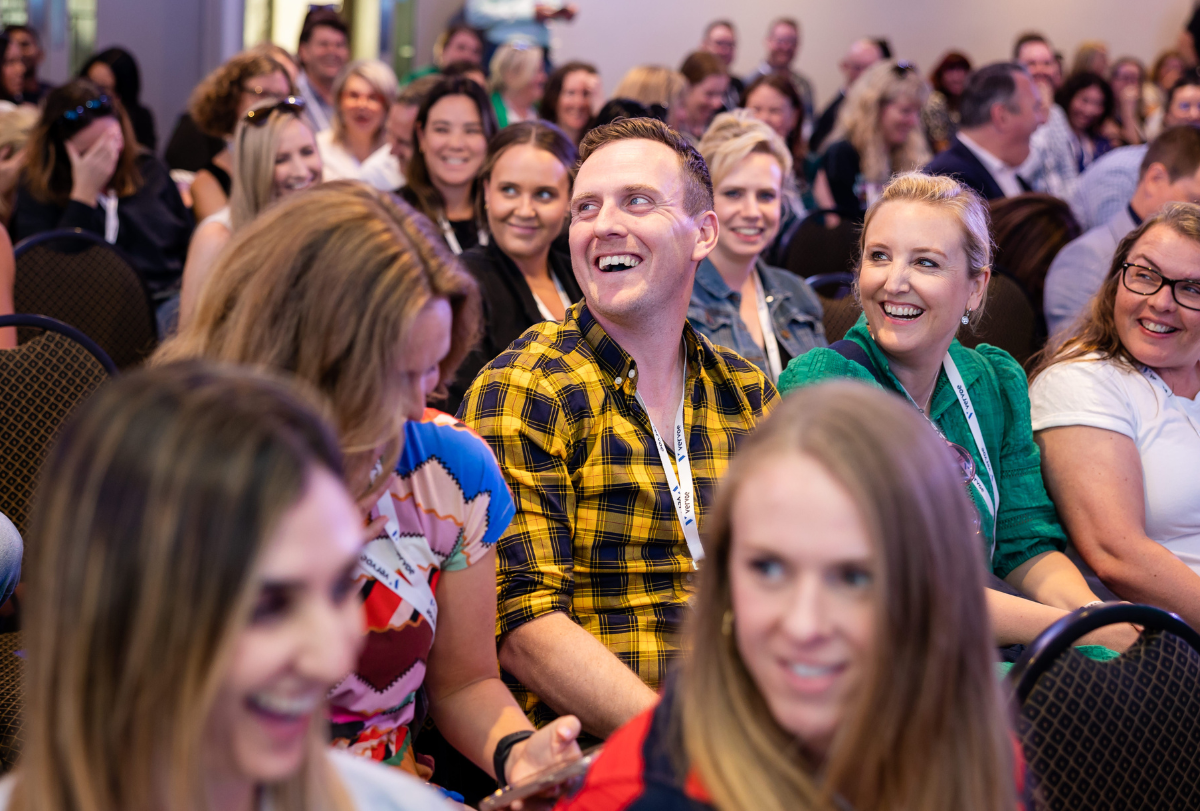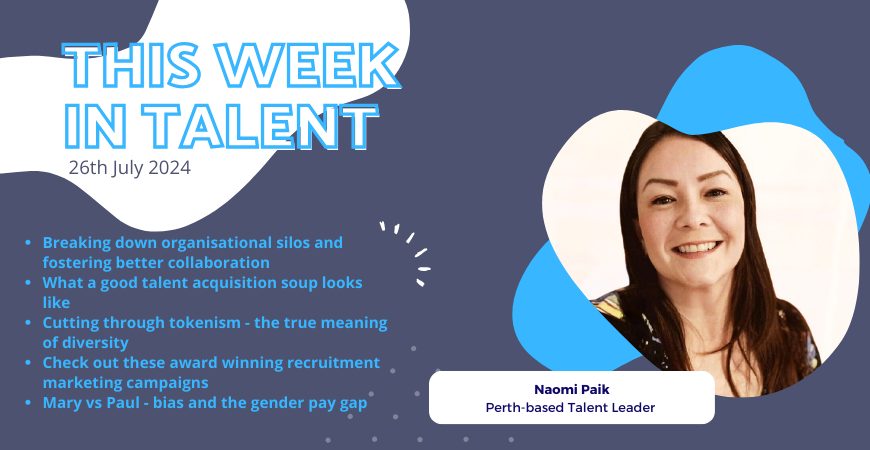Hello again TWIT readers,
Well, I am over halfway through my guest editor role here and I have to say I am loving it! If Jo and the team at ATC have reached out to you in the past and you’ve felt unsure, I highly recommend it, have a crack, and see how you go. If nothing else, it has forced me to carve out time each week and reflect on what I’ve done, what the team has done and where our focus has been. It makes me grateful to work in the business I do, and I hope you are finding some value in the content shared so far. Don’t forget that next month ATC is holding their Talent Advisory Event in Melbourne, make sure you register if you’re keen.
Speaking of which, another opportunity to be a Talent Advisor has arisen this week, specifically around ID&E this time. Obviously, we all have a long way to go in all facets of our society to build a more inclusive and equitable environment, but I think a lot of organisations here in Australia are already doing some amazing things in this space. This week diverse & inclusive recruitment has become a renewed area of education due the fact that some areas of the business are becoming too granular and binary in their approach. The intent is positive, but my concern is that if we only focus on “hitting quota’s” we completely miss the point of inclusive recruitment practices.
It was highlighted specifically in the language that was being used in recruitment de-brief conversations, which made me think, “what language is being used in the interview itself?”
Something I learnt during my time at REA Group is that, when it comes to ID&E, language really matters. Not just in our job descriptions, but how we talk to each other and the age-old phrases and sayings that are deeply set into our vocabulary. Sometimes non-inclusive language is obvious, but sometimes it is very subtle, and the person talking doesn’t necessarily realise the impact of what they are saying.
This conversation also led to the inevitable question from one of our senior leaders “So, how are we currently measuring success with diverse & inclusive hiring?” A fair question to be sure, and one that I think a lot of us have struggled with over these past years. When looking purely at hiring from the existing talent pool (not grassroots education or accelerated leadership programs) for me it’s about measuring 4 primary stats: Available Talent Pool %, Active Pipeline %, Hiring % and of course Retention %. Rather than arbitrarily targeting 50/50, if your percentage is inclining over these 4 areas over a period of time (say 6-12 months), I think you can consider that success. However, I would love to hear from others on their thoughts on this and if you have had any different approaches or learnings.
This week I’ve tried to pull together some insights and articles that discuss these very topics, I’m sure we can all do more in this space. Why not start today!
5 ways organizations can attract and foster belonging among diverse talent
From office language to job descriptions and “always on” cultures, there are many ways in which our businesses can positively impact diverse and inclusive recruitment & retention. Although this article is written from a US perspective, I think there are some key learnings and ideas that we can all use.
Language: How Do Our Choices Fit With an Inclusive Culture?
A nice little deep dive into what I briefly touched on in my introduction regarding the importance of language. I think the small things often have the biggest impact, and we can all easily control the language we use. To quote Bedi Othow from the Victorian Equal Opportunity & Human Rights Commission, let’s be “consciously inclusive.”
How to Measure Diversity in Hiring
I briefly shared my thoughts on one way to approach this, but I felt as though this article (although 9 months old) provides a great starting point for anyone who is at the beginning of their ID&E journey. It provides some really great examples and equations to help measure success in this space.
Clearing the runway for women in your organization
Once you hire amazing people from diverse backgrounds, how do you support them to grow and thrive in your organisation? This article focusses on women, but I feel that the overarching principles can be applied to several areas of diverse talent.
TED Talk: How language shapes the way we think
So, I kind of went on a bit of language deep dive when putting this article together and this TED talk had me mesmerized. To be honest this is simply a beautiful and wonderfully interesting bit of content to help add colour and scientific context to the importance of language.





























